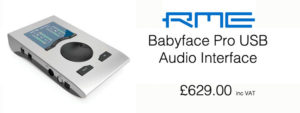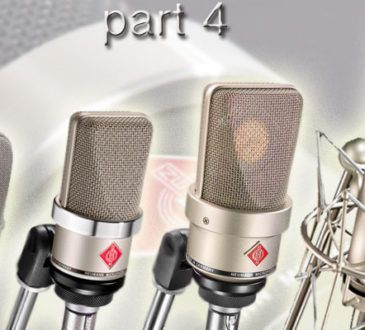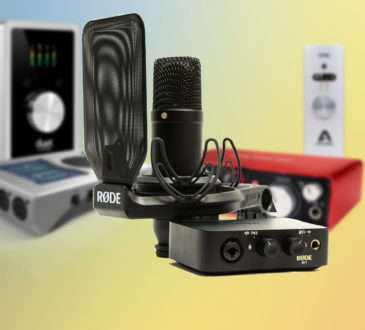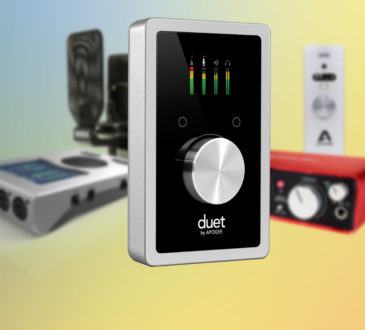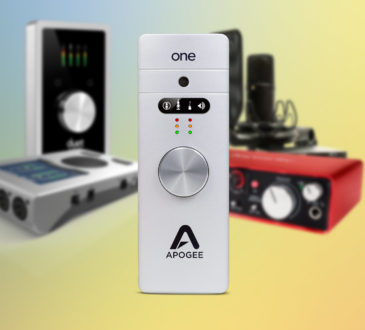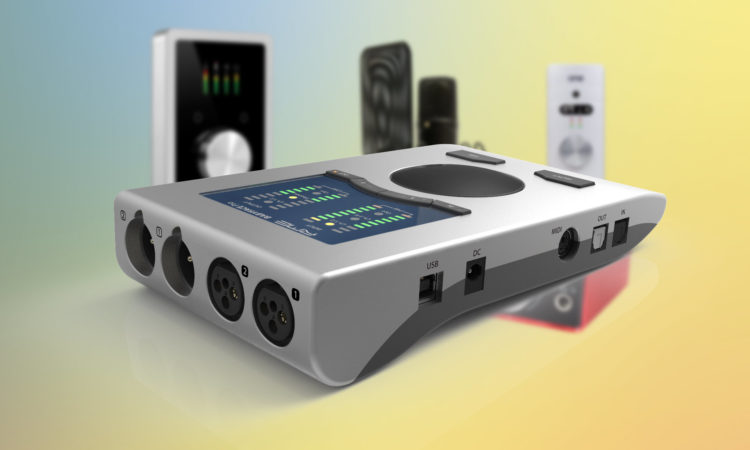
In the third of our USB Audio Interface reviews, Phil takes us through the RME Babyface Pro.
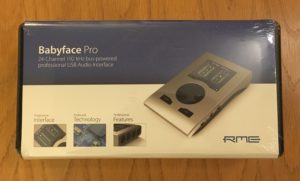
The Babyface Pro is a beautifully designed, feature rich marvel of audio engineering. It is packed full of inputs and outputs that belie its small but perfectly formed aluminium housing. Opening the rugged injection molded plastic box, you get the satisfyingly weighty interface, a USB cable, a MIDI breakout cable and a driver CD. It also comes with a hefty manual – one that I needed to use!
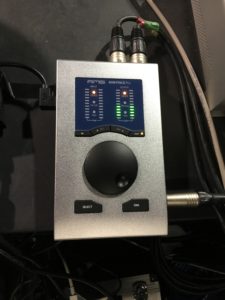
A really attractive feature of this interface and something that sets it apart from its competitors is the lack of breakout cables for the XLR and ¼” jack inputs and outputs. The inputs and outputs are machined directly into the housing of the unit – inspiring confidence in their build quality and reliability. It is amazing that RME have managed this in such a compact and good looking unit – there has been no compromise on quality or user experience.
The unit is controlled by a large digital rotary dial in the middle, with input and output selection buttons just above, controlling input gain or output volume, selected by the buttons. It is a joy to use. There are two balanced XLR inputs, 2 balanced XLR outputs, 2 headphone outputs (¼” 10 ohm and 1/8” 2 ohm, useful for matching specific headphone or IEM impedance), TOSLINK I/O and MIDI I/O next to the USB port. These hardware controls can be used to accomplish a lot of the basic things you would expect from an interface, but dig deeper into the software provided and you will find crazy amounts of flexibility and versatility.
The Babyface Pro is a class-compliant audio interface so will work on a variety of operating systems straight out of the box. It is bus powered by the USB 2.0 cable, but you can buy a separate power supply if your computer cannot provide sufficient power from its USB ports. I had no problems getting it up and running on my 15” MacBook Pro into Logic Pro X.
Installing the TotalMix FX software onto my Mac (available for Windows too) was definitely where this interface showed me its power and flexibility. It is incredible that such a small box can do so much and with such quality. TotalMix FX is initially quite complicated to get into but after spending some time with the hefty manual and a bit of time on YouTube I discovered the power inside this interface. It allows you to route inputs and outputs, make separate mixes, add effects such as parametric EQ to monitoring channels and talkback routing. I personally found the matrix view easier to get my head round at first, which then allowed me to understand the mixer view much better. All this routing and DSP is managed by the FPGA chip on the unit so has very low CPU usage.
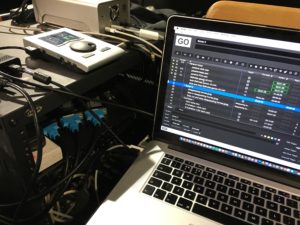
I used this unit primarily as a live multichannel playback system for a theatre show, and also as a field recorder. I could rely on it to output multiple channels of audio at the same time as monitoring incoming audio at crazily low latencies. Connecting the unit to a Focusrite OctoPre was a doddle and gave me another 8 channels of microphone inputs for tracking drums on the go in a friend’s studio. This interface would be hard to beat in a studio, rugged and reliable in a portable field recording rig and perfect onstage for a live electronic gig using Ableton for low latency sampling, playback and monitoring.
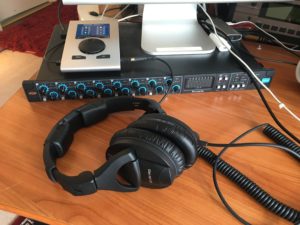
The mic pres and AD DA converters are astoundingly clear. They offer a signal to noise ratio of 117dBA, along with phantom power and a pad option. You can record at 192KHz/24 bit at high gain on all onboard input channels (fantastic for low output mics like the RE20 or SM7B) or 12 channels of 44.1KHz/48KHz (with ADAT) and this thing doesn’t break a sweat. It is compatible with USB 3.0 but is completely stable when maxed out on USB 2.0. The two separate built in headphone outputs provide enough power for a huge range of headphones thanks to their different output impedances.
The Babyface Pro can be connected to an iOS device using a separate power supply and Lightning to USB cable. There is a fully featured iOS version of TotalMix FX available on the App Store. This allows you to record multichannel audio and MIDI into your iOS device with the same quality as you can achieve into your DAW. The only drawback is that the Babyface does not power the iOS device through its USB connection, meaning you are limited by the iOS device’s battery life when recording.
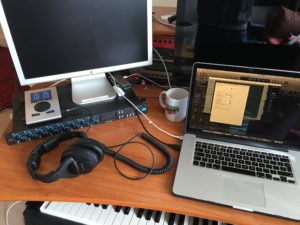
At £629 this is at the high end of the market. But you get what you pay for. Its competitors in terms of I/O and connectivity suffer from cheaper preamps, worse build quality and the unattractive and sometimes annoying use of breakout cables for all their inputs and outputs. Whilst reviewing it I have only just scratched the surface of what it is capable of. The Babyface looks, feels and sounds like no other interface that I’ve used. I still can’t believe that you can get this much quality and reliability from a USB powered interface. If you’re looking for an expandable, flexible and versatile bus powered interface that is robust, powerful, good looking and a joy to use then you cannot do any better than a Babyface Pro.
We have the entire RME range available on our website. ESV offer next working day delivery* FREE over £99!
If you require further information or assistance you can do so, either through our ‘chat’ function, email: [email protected] or by phone: 0203 137 2901; we’re always here and happy to help.
* Item must be in stock at time of purchase
Prices right at time of publishing.
